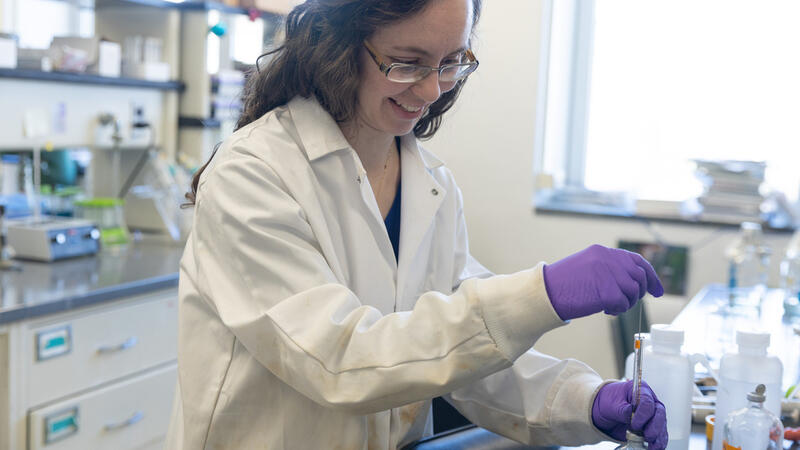News
New model helps ID source of potent greenhouse gas
Elise Rivett was researching nitrous oxide (N20) when she discovered a problem with the model long used to trace the source of this potent greenhouse gas.
Scientists have long eyed switchgrass as a promising and sustainable source of fuels that can replace gasoline and other petroleum products. New research shows the plant can help slow climate change, but only if grown on the right lands.
Great Lakes Bioenergy Research Center co-investigator Troy Runge has been appointed as the next as the next associate dean for research in the UW–Madison College of Agricultural and Life Sciences.
Among switchgrass’s attractive features are that it’s perennial, low maintenance, and native to many states in the eastern US. But it also has a peculiar behavior working against it that has stymied researchers—at least until now.
The mint family of herbs, which includes sage, rosemary, basil, and even woody plants like teak, offers an invigorating jolt to our senses of smell and taste. Michigan State University researchers have found that these plants have diversified their specialized natural characteristics through the evolution of their chemistry.
Researchers at the University of Wisconsin–Madison are working to develop plant-based fuels that are a key piece of the nation’s blueprint for decarbonizing transportation.
Scientists at the Great Lakes Bioenergy Research Center engineered a new type of poplar with more of a valuable platform chemical and less lignin overall, resulting in wood that is easier to deconstruct and more valuable.




